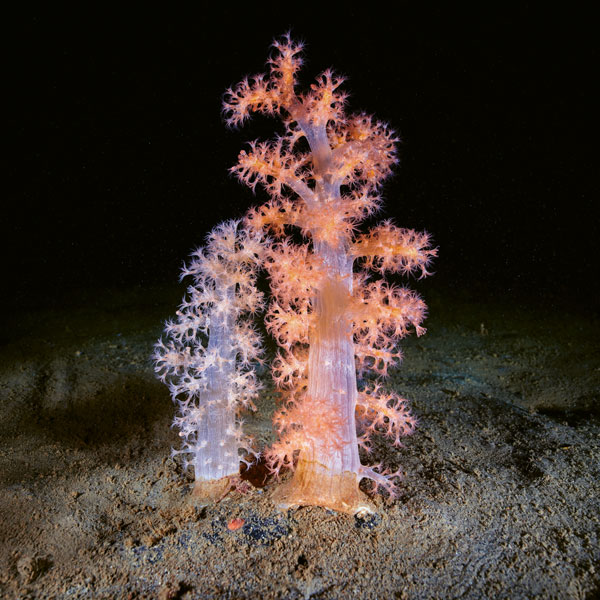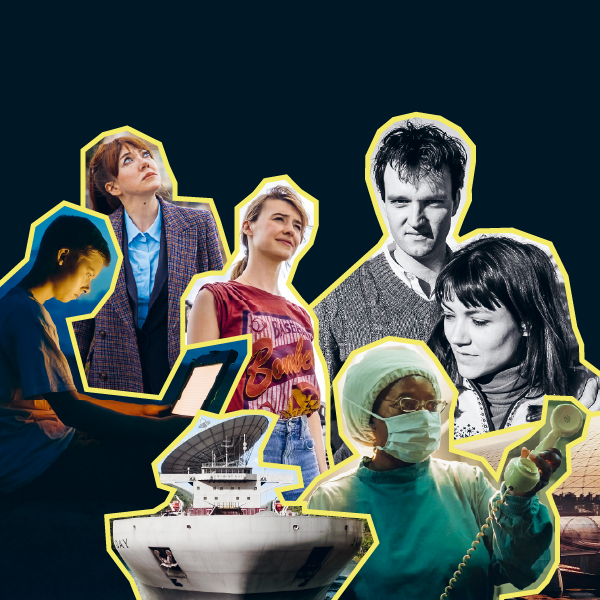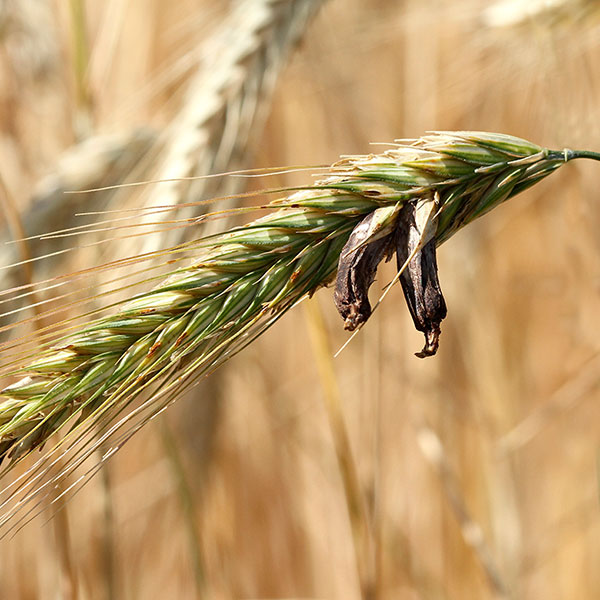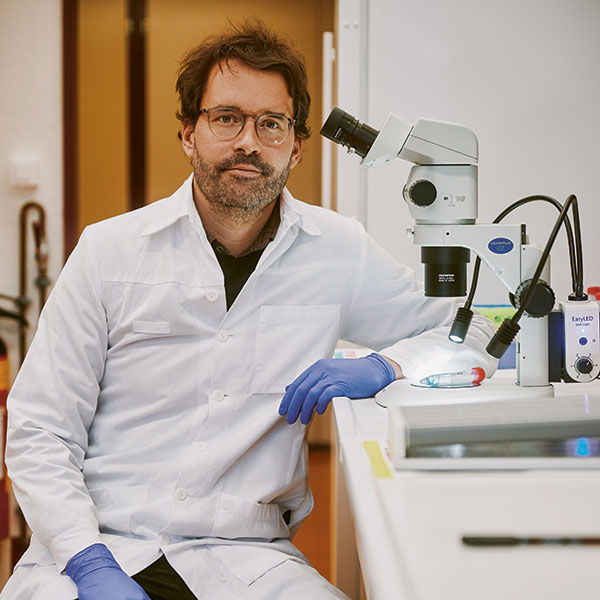REHABILITATION
Bunny awakenings
Human beings and animals share a special relationship. This can help revive patients with brain trauma and those in a minimally conscious state.

Dogs, guinea pigs, and rabbits: Animals can help people with brain-injuries benefit from therapy. | Photo: iStockphoto
Nina is sitting in a wheelchair in the stark entrance foyer of the hospital. Her eyes are open, but they’re staring into space. Her mother gently places a rabbit on her lap. A nurse puts her hand on the animal’s back. And in just a fraction of a second, something happens that had seemed unthinkable for weeks: the corners of her mouth turn into a slight smile.
Own pets are best
Nina (not her real name) has suffered a traumatic brain injury. After undergoing a life-saving operation, she came out of her coma but has remained in a minimally conscious state. Unlike a waking coma or a vegetative state, patients in this situation do show certain signs of their awareness. “These signs are subtle, and often cannot be measured using conventional imaging and testing methods. Sometimes, they comprise just the tiniest voluntary movements that only experienced nurses and doctors can see”, says Karin Diserens, the head of the Acute Neuro-Rehabilitation and Neurology Unit at the Lausanne University Hospital (CHUV).
In cases of minimal consciousness, hope exists that patients might yet experience a full recovery. “To this end, we look for some entrance door to their consciousness through stimulating sensory perception. What a person responds to can depend entirely on their personal history – it might be a piece of music, the scent of a flower, or contact with an animal”, says Diserens. In Nina’s case, it was her own pet.
More brain activity during touch
The University of Basel, in contrast, is working with trained therapy animals. Here, the clinical psychologist Karin Hediger is researching into how contact with an animal can affect both the psyche and neurological functions such as perception, movement and language. She is doing this with a wide range of patients – from accident victims like Nina, who still have a long way ahead of them, to stroke patients who have already recovered almost completely, but need to improve specific skills.
By observing their behaviour and measuring their heart rate, Hediger has been able to prove that touching an animal triggers a reaction in the consciousness of minimally conscious patients. Her experiment was focused on ten test subjects for whom therapy animals were chosen according to their own personal preferences – either dogs, rabbits or guinea pigs. This experiment was followed by a pilot study with two comatose subjects and two healthy subjects. Hediger used near-infrared spectroscopy to show how frontal brain activity increased during contact with animals.
These tests are based on the idea of ‘biophilia’ – our supposedly innate urge to interact with animals. As Hediger explains, “Humans are always seeking a connection to Nature and other living beings. Even babies are attracted to animals”. Just like Diserens, however, Hediger emphasises that the success of animal-assisted therapy depends on the individual. She also points out the challenges that exist in this field: “It’s difficult to carry out randomised controlled studies, like you normally would in other disciplines. After all, who would want to be in the control group?”. This is why she is constantly on the lookout for new types of study, for example having experimental groups and control groups separated chronologically, meaning that no participants have to miss out on the therapy being tested.
Sheep lead the way
Hediger sees especially great potential in the fact that animals can motivate patients to pursue their therapy. “They give them a feeling of taking responsibility. This is very important for people whose autonomy is limited. Sometimes we use more unusual animal species – such as sheep or chickens”. In the case of one stroke patient, for example, engaging in obstacle-course training with a sheep helped them to regain the ability to walk properly.
The impact of such therapeutic work on the animals themselves remains unclear. In the spirit of the One Health approach, which focuses on linking the health of humans, animals and the environment, Hediger is also interested in what the reciprocal effects might be. The initial projects to investigate this are now underway in Basel.




